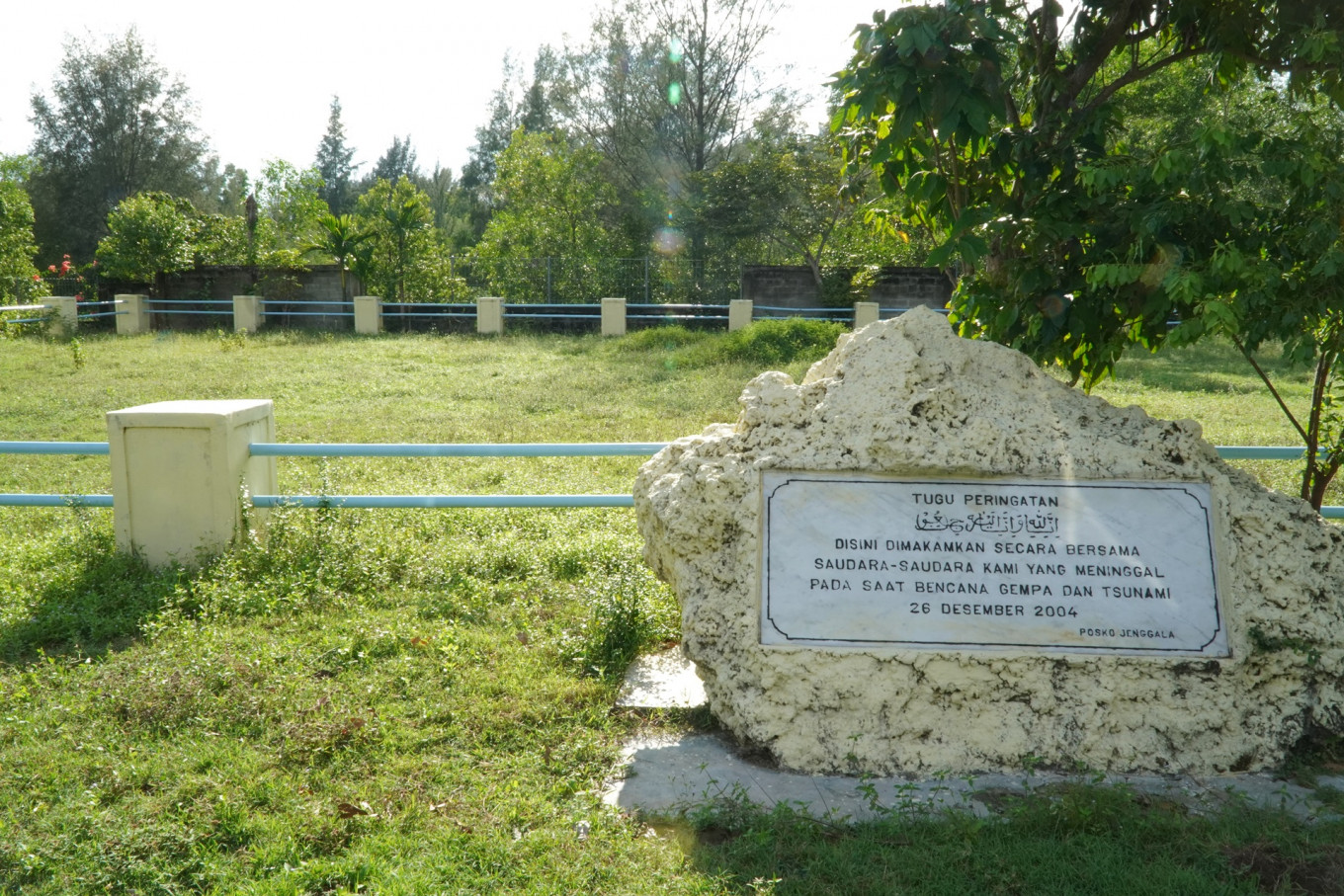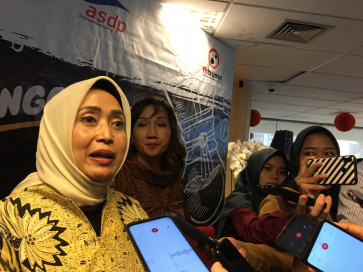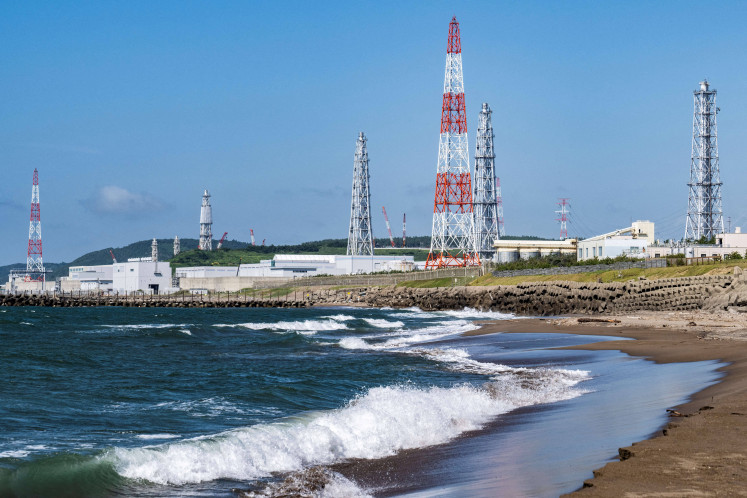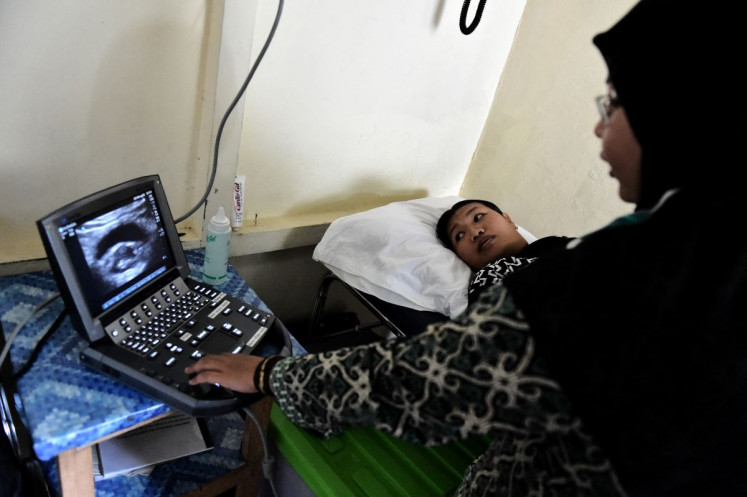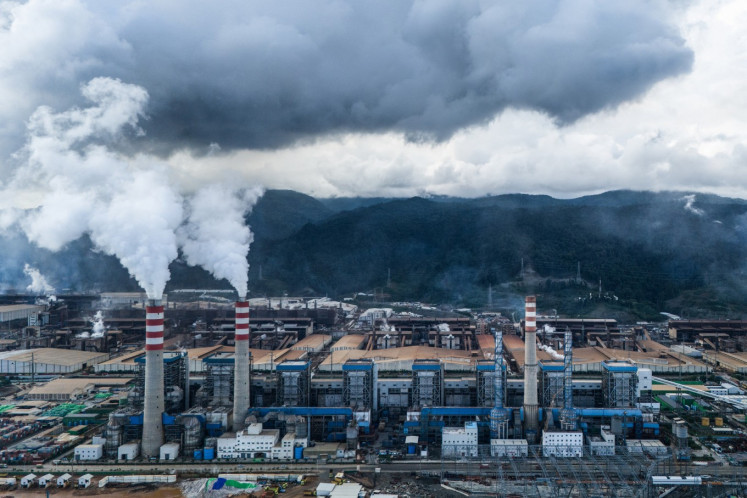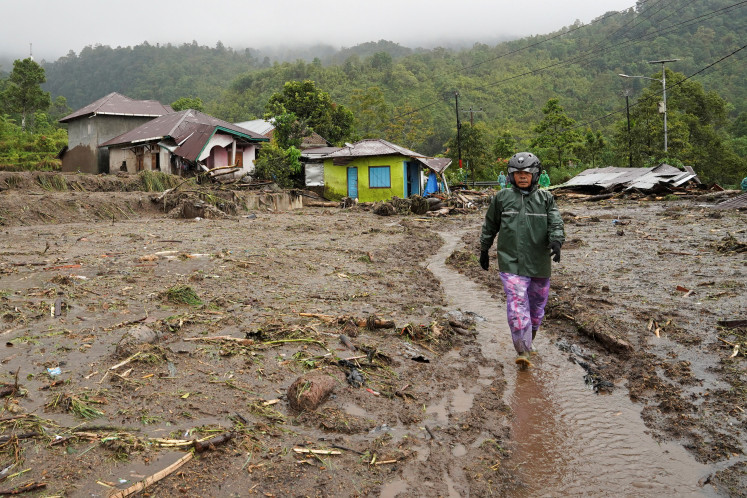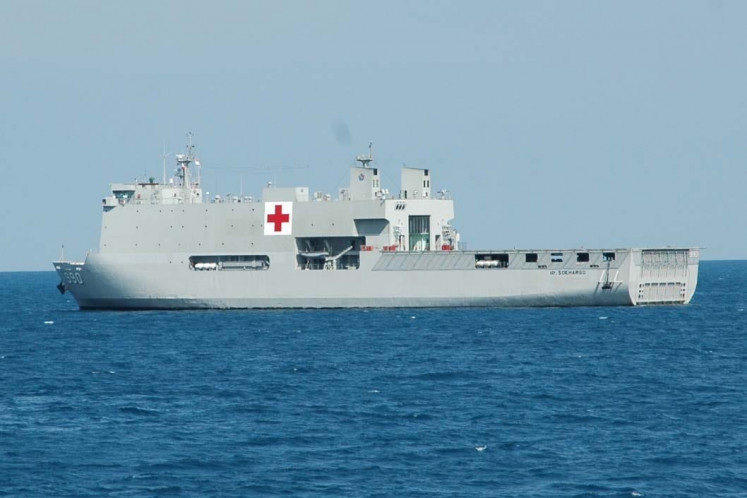Popular Reads
Top Results
Can't find what you're looking for?
View all search resultsPopular Reads
Top Results
Can't find what you're looking for?
View all search resultsMonuments help to remember, and forget, disasters
Encouraging the active participation of residents is essential to preserving disaster memory, maintaining memorials and passing on the lessons learned to successive generations.
Change text size
Gift Premium Articles
to Anyone
In the aftermath of the 2004 Indian Ocean earthquake and tsunami, the Acehnese people interpreted the disaster in various ways.
Initially, the tsunami was interpreted as a punishment or warning from God. Over time, a collective interpretation of the disaster emerged: The tsunami as a test from God.
This later narrative was compelling enough to accelerate the post-disaster recovery process. The people of Aceh moved past the tsunami trauma by believing their deceased family members were martyrs who deserved a place in heaven, while those who survived were given an opportunity by God to live better lives.
The process of forming this narrative of collective memory is called canonization. It occurs when the government and ruling elite impose a specific interpretation or narrative on a disaster, including what to remember and how to remember it.
Canonization of memory is evident in the creation of disaster monuments and commemoration events, including in Aceh. Unfortunately, many survivors feel detached from these monuments because they do not evoke personal memories of the 2004 disaster.
Erecting permanent memorials after a disaster is a common trend in modern society. Many tsunami monuments exist in Aceh, and some have even become tourist destinations. These monuments can be divided into two categories based on their construction.
First are monuments built from tsunami debris that are deliberately preserved, modified or enhanced. Examples include the PLTD Apung power ship, stranded atop the roof of a house in Lampulo, and the tsunami debris at Rahmatullah Mosque in Lampuuk.
Second are new monuments intentionally designed and constructed after the tsunami, such as the Aceh Tsunami Museum and the Tsunami Poles erected in over 50 locations across Banda Aceh and Aceh Besar.
The establishment of disaster memorials is always political. Disaster monuments represent how governments and elites promote specific interpretations as dominant. This is achieved through a monument’s architectural design or curated narratives.
However, the process of memory canonization is never-ending. Once established, each disaster monument becomes a place to form, strengthen, modify, alter and revise the interpretation of the disaster.
Post-disaster, an affected community faces a push and pull between remembering and forgetting the event. They must let go of their trauma to move forward while preserving memories of the disaster to honor victims and enhance future preparedness.
Their memory of the disaster resides in the back of their mind, but is not constantly remembered in everyday life. It will move to the surface as an active memory only when it is triggered by certain factors, such as a place, object or event. This memory closely relates to how survivors give meaning to the disaster.
In everyday life, survivors interact with disaster monuments in various contexts, for instance, as a source of income or a place of leisure. Thus, the meaning of a disaster monument can vary, even becoming completely unrelated to the narratives and original goals of its creators.
Preliminary findings from my ongoing research in Aceh show that among survivors, tsunami memories are often triggered by specific places associated with their personal experiences. These include the house where they found safety, the coastal area where they were swept away and the ruins of their homes. I refer to these as “the forgotten memories of the tsunami”.
Since many tsunami monuments were erected without involving the local residents, they feel barely connected to the monuments, let alone a sense of ownership. For survivors, these public monuments do not trigger their personal memories of the tsunami.
Today, 20 years after the tsunami, we can still meet survivors who offer valuable, insightful stories about starting over, rebuilding their homes and villages and cultivating cultural awareness about tsunamis while embracing vulnerability.
However, once these survivors pass away, future generations will lose access to primary sources of learning about the tsunami. This includes new inhabitants who moved to Aceh and rented houses in coastal areas after the tsunami. They will therefore depend on the tsunami memorials around them, though many have been neglected.
To address these risks, I recommend two measures.
First, we can document “forgotten tsunami memories” through creative formats like documentary videos, comics, photos, social media content and other mediums to highlight stories that offer insights into disaster risk reduction and education for younger generations.
Second, we must encourage sustainable, meaningful interactions between residents and tsunami monuments. Disaster memorials best serve their purpose of preserving disaster memory and educating younger generations when they remain relevant to residents’ daily activities. Residents’ active participation is essential in Aceh, including in school visits and preservation and curation efforts.
These measures aim to foster residents’ sense of ownership in the tsunami monuments in their neighborhoods, encouraging voluntary maintenance of monuments and making them integral to disaster risk reduction efforts.
---
The writer is a communication studies lecturer at the Islamic University of Indonesia, Yogyakarta. The article is republished under a Creative Commons license.

